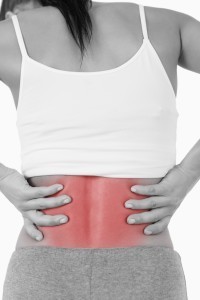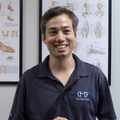
Background:
Low back pain is very prevalent across all cultures. It affects people of all ages, from children to the elderly. Low back pain is a leading cause of disability world wide. It is the leading cause of activity limitations and days loss from work. It is still the most common reason for medical consultations today (Ehrlich et al.). Perhaps most shocking of all, in light of all the research, is that analgesics are still the primary form of treatment for lower back pain world wide.
Discussion:
Problem:
World-wide acetaminophen/paracetamol (most popularly known as Tylenol) is the most common first-line treatment for musculoskeletal conditions despite it being ineffective.
Gustavo Machado, lead author of recent study on the efficacy of acetaminophen/paracetamol (brand names: Tylenol, Panadol, Mapap) on spine pain and osteoarthritis, found the following:
- Acetaminophen had no significant effect on pain, disability, or quality of life for those suffering from neck or low back pain.
- The painkiller, acetaminophen, showed a reduction in pain for osteoarthritis but to such a minimal degree that it did not meet the criterion for clinical importance and did not change disability or quality of life.
Note: This is not the first body of research to show similar results!
In other words, you are likely to have the same effects from taking a placebo. The upside of the placebo is you wouldn’t have the added risk of liver toxicity caused by copious amounts of Tylenol. Research has shown that people will continue to take pain medication despite not having any reduction in symptoms because it creates a false sense that at least the issues is being addressed.
Solution:
Effective musculoskeletal health care requires a true understanding of the constellation of factors creating an individuals low back pain. Respecting the fact that physical problems require physical solutions will go a long way in correcting the current state of affairs. Joint mechanics, tissue health, and other contributing load factors simply cannot be addressed by medication. This is precisely why we follow a proven process of:
- Assessment and diagnosis: This includes a history , thorough movement assessments, palpation of tissue health and joint motion, and an exploration of perpetuating load-factors.
- Manual therapy: This allows for very specific and targeted treatment that correlates with the assessment and diagnosis so the root-cause can be overcome.
- Education: through understanding the particulars of your musculoskeletal condition you become an intricate and active participant in your recovery.
This is best achieved with a doctor-delivered hands-on approach, in a one-to-one setting, where your needs are focused and prioritized.
It is my sincere hope that in the future, healthcare providers offering physical solutions for low back pain and other musculoskeletal conditions become the first line of treatment as supported by the research.




